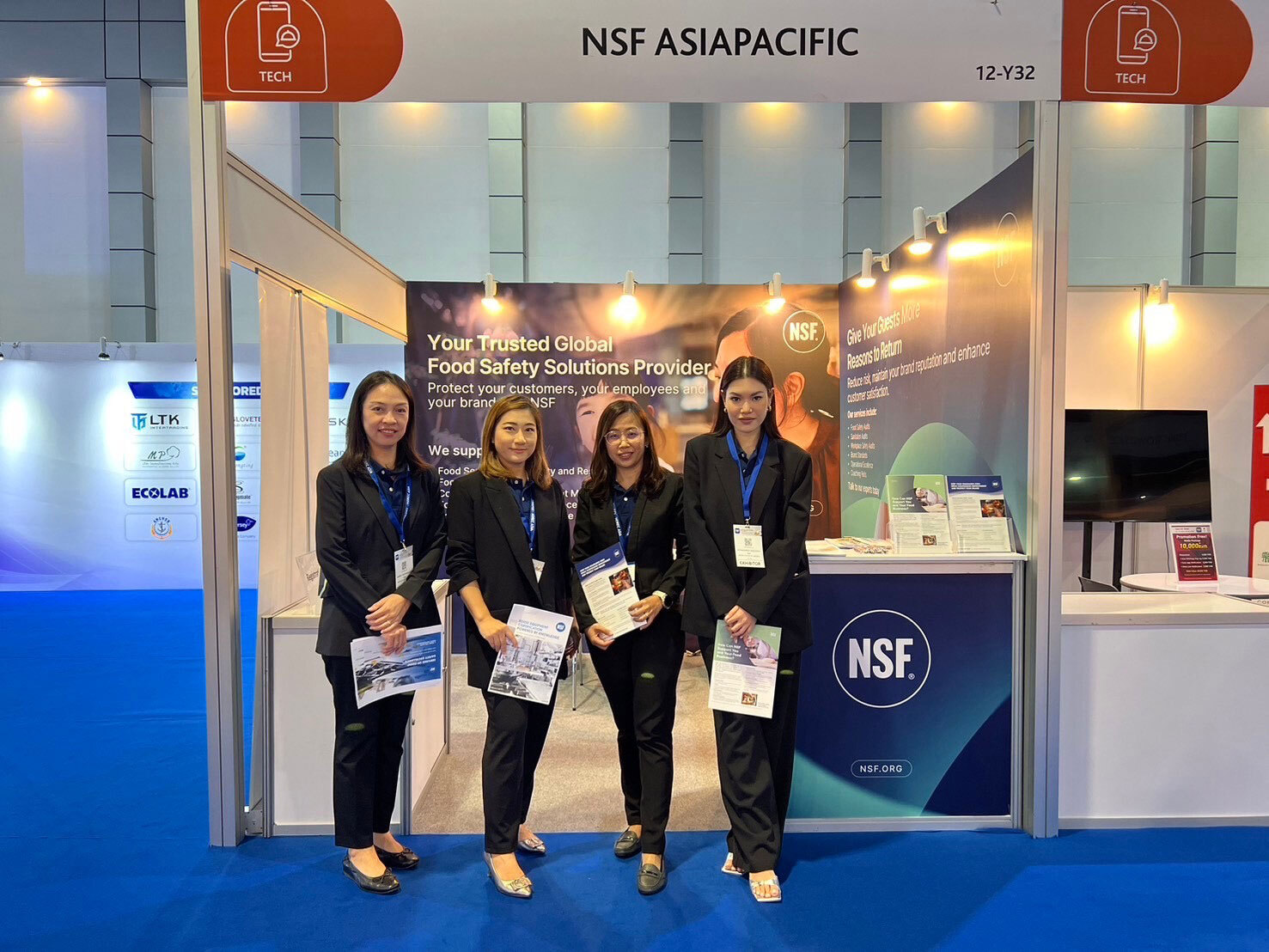How Registrations Prove Lubricants Are Food Grade

Leave No Doubt
Food and beverage processors want food-grade lubricants because they can meet production demands without compromising food safety. But the truth is, the term “food grade” is one that can be loosely used. Registering or certifying a lubricant with a third party like NSF provides assurance that a product does indeed meet the regulatory requirements for food grade.
Meeting the Definition of Food Grade
During normal operations, the possibility of a lubricant making minor contact with food always exists. Since food-grade lubricants are technically not a food ingredient, this incidental contact cannot lead to the contamination of the food.
To be registered as a lubricant that allows for incidental contact, the product must be formulated in accordance with the U.S. FDA’s Code of Federal Regulations Title 21 Section 178.3570 (21 CFR):
- 21 CFR gives guidance on ingredients by providing a specific list of chemical compounds and additives allowed.
- The lubricant needs to be odorless, colorless and tasteless.
- There is a 10 parts per million (ppm) limit for lubricant base oils (e.g. mineral oil) that can be present in food if incidental contact should occur.
- Lubricants registered as H1 or certified to ISO 21469 are considered food grade.
12,000+ H1 food-grade lubricants registered globally.
Can Only Ingredients Regulated by 21 CFR 178.3570 Be Used?
- Ingredients with generally recognized as safe (GRAS) status are also considered acceptable for food-grade lubricants by the FDA.
- Food contact notifications (FCNs) are another way to get a food contact substance (FCS) accepted by the FDA. They are used for FCSs that are: 1) not listed in 21 CFR for food contact end use, or 2) already listed in 21 CFR for food contact end use, but the manufacturer needs to expand the end-use parameters. FCNs are only applicable to the manufacturer of the FCS.
- Threshold of regulation (TOR) exemptions are an alternative to FCNs. While the application requires less information, a lubricant manufacturer can use a competitor’s TOR exemption.
7% average yearly growth rate for H1 lubricants registered by NSF.
The Global Perspective
Regulators worldwide refer to 21 CFR to define what they consider a food-grade lubricant. There is a misconception that lubricants are registered through the U.S. Department of Agriculture (USDA). This is not true. The USDA discontinued its registration program in 1998.
The European Food Safety Authority (EFSA) does not have any official rules governing the definition of food grade; however, it is important to know:
- H1 registered and ISO 21469 certified lubricants are generally accepted as food-grade lubricants by EU regulators and food processors.
- No regulatory actions in the EU have been taken in regard to Mineral Oil Saturated Hydrocarbons (MOSH) and Mineral Oil Aromatic Hydrocarbons (MOAH).
- In the EU, titanium dioxide (TiO2) is not considered safe as a food additive. Consequently, TiO2 is banned from food-grade lubricants intended for European markets.
- As part of the registration or certification process, NSF can review formulations for TiO2. If the oxide is not found, NSF can provide supplemental documentation verifying a lubricant does not contain TiO2.
Food-grade lubricants manufactured in, imported into or exported out of Brazil must be certified to ISO 21469.
The Food Hygiene Law of the People’s Republic of China has no specific regulations about food-grade lubricants used in the country. Nevertheless, food-grade lubricants exported from China should be H1 registered or ISO 21469 certified for greater product acceptance in global markets.
To verify a lubricant is food-grade, food and beverage processors around the world reference a registration program’s listing like the NSF White Book™.
Stay Informed About Food-Grade Lubricants, Webinars and More
How NSF Can Help You
Get in touch to find out how we can help you and your business thrive.

What’s New with NSF

NSF Shanghai Named Critical Site for NSF/ANSI 455 and NSF/ANSI 173 by ANSI National Accreditation Board
July 26, 2024
NSF Takes Center Stage at NEHA Annual Education Conference
July 25, 2024
NSF Asia Pacific Showcases Hospitality Solutions at THAIFEX HOREC Asia 2024 in Bangkok, Thailand
July 4, 2024